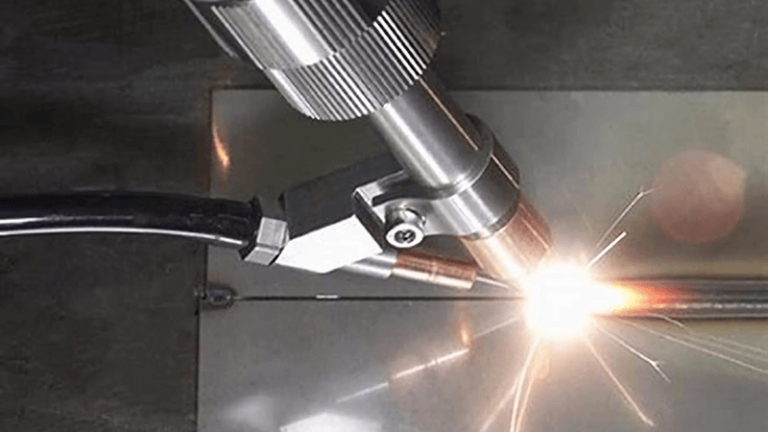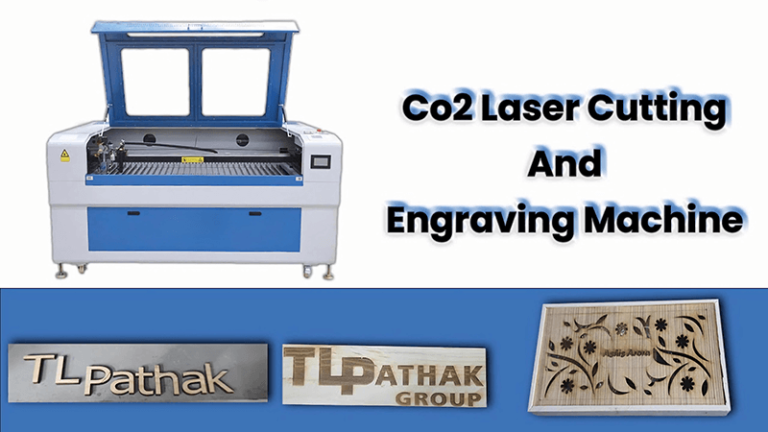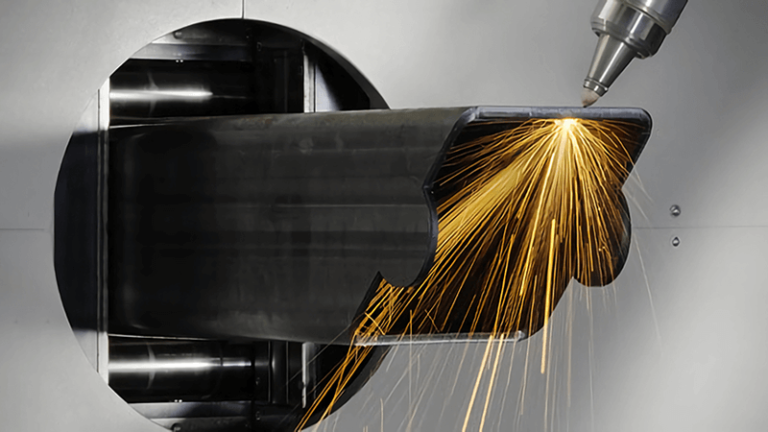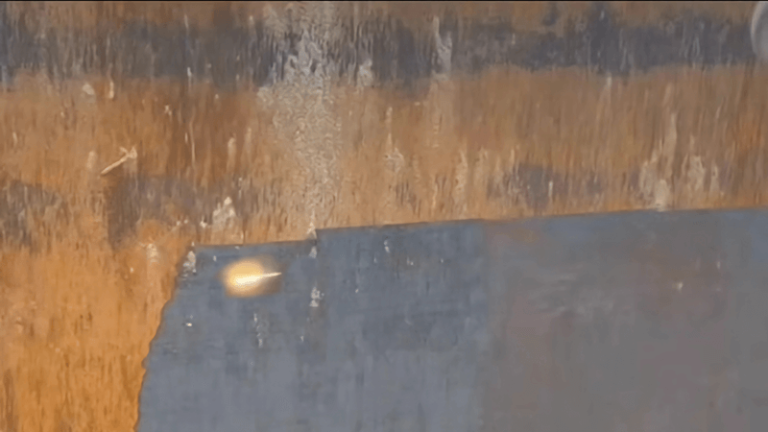Cutting aluminum with precision used to be a pain. Burrs, rough edges, slow speeds—you name it. I’ve seen manufacturers spend hours fixing cuts that should have been clean from the start. Luckily, fiber lasers changed the game.
Yes, you can cut aluminum cleanly and efficiently with the right fiber laser—especially if you know the right settings and machine power to use.
Many people still wonder if fiber lasers are right for aluminum. I used to think the same. But after working with clients who switched from CO₂ to fiber lasers, the results spoke for themselves. In this article, I’ll explain what makes aluminum tricky, what laser power works best, and how to get the cleanest cuts possible.
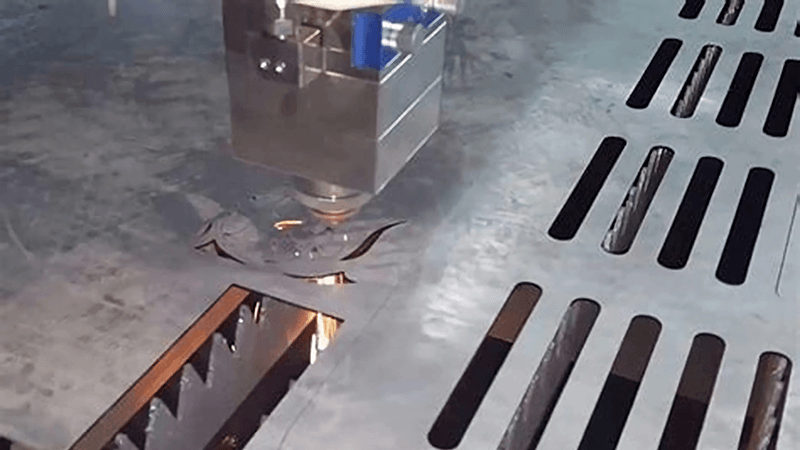
Can you cut aluminum with a fiber laser?
Rough edges, slow cutting, and high reflectivity make people think aluminum can't be laser cut. But that’s not true—at least not with the right machine. I've had clients come to me frustrated after trying CO₂ machines on aluminum with poor results.
Yes, fiber lasers can cut aluminum—cleanly, efficiently, and with minimal post-processing—if you use the right power and settings.
Why fiber lasers work better for aluminum
CO₂ lasers1 often struggle with aluminum because of its high reflectivity. The beam bounces, causing poor absorption and heat buildup in all the wrong places. That means slow speeds, rough edges, and wasted time. But fiber lasers have a shorter wavelength—usually 1064nm—which aluminum absorbs better. That means faster cutting, better precision, and less burr.
Real client example
One of my clients in Europe was cutting 3mm aluminum with a CO₂ laser. The edges were rough and blackened. They needed to grind and polish every single sheet. After switching to our Kirin Laser fiber cutting machine, they got clean cuts, no more grinding, and production time dropped by 40%.
| Laser Type | Cut Quality | Cutting Speed | Maintenance | Power Efficiency |
|---|---|---|---|---|
| CO₂ | Rough | Slow | High | Low |
| Fiber | Clean | Fast | Low | High |
The key is using the right setup. If you cut aluminum regularly, fiber lasers2 are the only real option. CO₂ might seem cheaper up front, but the downtime and rework add up quickly.

What settings should I use to laser cut aluminum?
Even with the best machine, bad settings can ruin your results. I’ve worked with dozens of manufacturers who didn’t realize how much the wrong settings held them back.
To laser cut aluminum, you need high power, fast speed, and assist gas—usually nitrogen—for clean, burr-free results.
Start with power and speed
For thin sheets like 1-2mm, 1.5kW–3kW fiber lasers3 work well. For 3-6mm sheets, I recommend at least 3kW. Once you’re cutting 8mm or more, go with 6kW or higher. Aluminum conducts heat quickly, so you need power to stay ahead of it.
| Aluminum Thickness | Recommended Power | Cutting Speed (mm/min) | Gas Type |
|---|---|---|---|
| 1-2mm | 1.5kW–3kW | 3000–5000 | Nitrogen |
| 3-6mm | 3kW–6kW | 1500–2500 | Nitrogen |
| 8-15mm | 6kW–12kW | 1000–2000 | Nitrogen |
Use nitrogen, not oxygen
Oxygen reacts with aluminum and leaves a dirty, oxidized edge. Nitrogen keeps the cut clean and shiny. Yes, it costs more, but you save time on cleanup. Trust me—every client who switched to nitrogen4 thanked me later.
Focus and nozzle matters too
You also need a small nozzle and tight focus. The laser spot should be as small as possible to get a narrow kerf and smooth edge. At Kirin Laser, we pre-configure focus systems for aluminum to make setup easier for our clients.
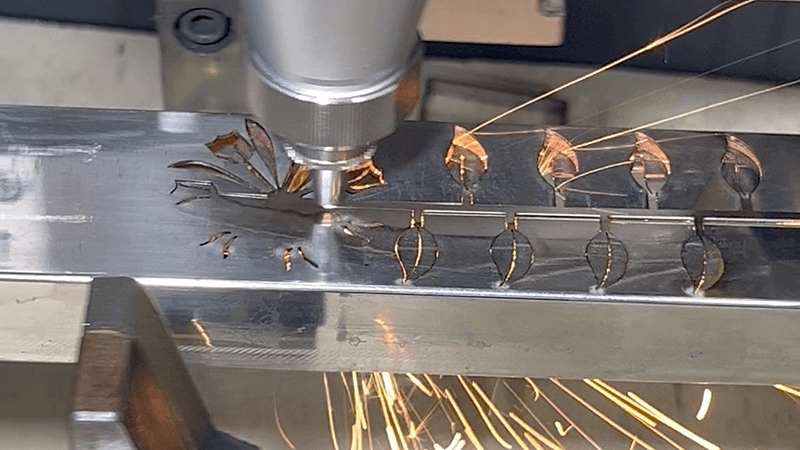
How powerful of a laser is needed to cut aluminum?
This is one of the first questions buyers ask me. Many people think they can get by with a 1kW or 2kW machine—but for aluminum, that’s rarely enough.
To cut aluminum efficiently, use at least 3kW for sheets under 6mm, and 6kW or more for thicker cuts. Power equals speed and edge quality.
The truth about power
Low-power lasers can technically cut thin aluminum. But that doesn't mean they do it well. You get slow speeds, poor edge quality, and more dross. I’ve had clients try 1.5kW lasers on 4mm aluminum5. They spent more time cleaning the parts than cutting them.
Why higher power matters
Fiber lasers don’t just burn through the material. They melt and blow it away with assist gas. So if your power is too low, the aluminum absorbs heat, but not enough to maintain clean vaporization. That causes micro-burrs, messy edges, and even back reflections.
My recommendation
At Kirin Laser, our 6kW and 12kW models cut aluminum6 up to 15mm with ease. If you’re doing volume production, it pays off fast. Cleaner edges mean no sanding. Faster speed means more output per shift.
| Power Level | Max Aluminum Thickness | Edge Quality | Use Case |
|---|---|---|---|
| 1kW | 1–2mm | Fair | Hobby, Prototyping |
| 3kW | 4–6mm | Good | Small Job Shops |
| 6kW | 8–12mm | Excellent | Production, OEM |
| 12kW | 15mm+ | Excellent | High-Speed Manufacturing |
If you're in the aluminum business, don’t settle for low-power machines7. You’ll waste time and money trying to fix bad cuts.
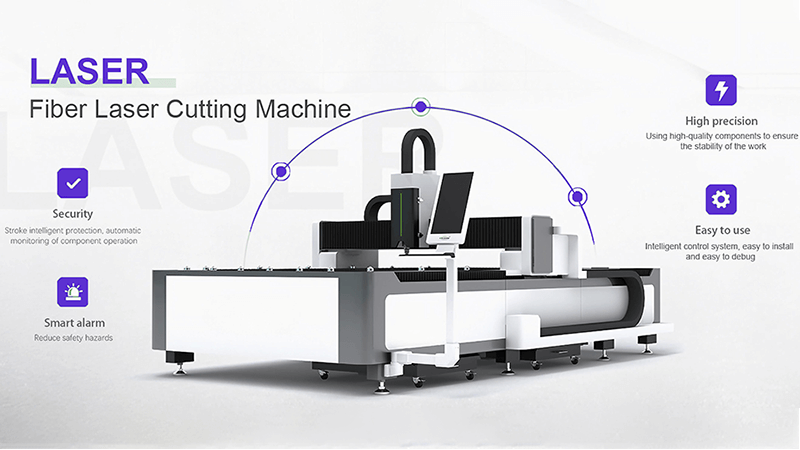
Why is aluminum hard to laser cut?
Aluminum is light, durable, and widely used—but it’s not the easiest material to laser cut. Many of my first-time clients are surprised by the challenges they face.
Aluminum is hard to laser cut because it's reflective, conductive, and forms burrs easily. Without the right laser and gas, cuts can be messy and slow.
Three main reasons aluminum causes trouble
1. High reflectivity
Aluminum reflects a lot of laser energy, especially at CO₂ wavelengths. This can bounce energy back into the optics or cause poor absorption. Fiber lasers8 reduce this risk because they operate at a shorter wavelength that aluminum absorbs better.
2. Thermal conductivity
Aluminum pulls heat away from the cutting area quickly. That makes it harder to maintain the melt pool unless your laser has enough power. This also causes the material to heat up unevenly, creating warping or rough cuts.
3. Burr formation
Unlike steel, aluminum tends to form burrs when the melt isn't fully ejected. Without the right gas pressure and cutting speed9, you end up with edges that need extra finishing.
| Challenge | Effect on Cutting | How Fiber Laser Helps |
|---|---|---|
| Reflectivity | Scattered beam, poor penetration | Better absorption with 1064nm light |
| Heat conduction | Melts unevenly, warps | High power compensates |
| Burrs | Needs post-processing | High-speed clean cuts with nitrogen |
This is why aluminum demands better machines and smarter settings. You can’t just use default parameters. I help my customers fine-tune their systems to cut clean every time.
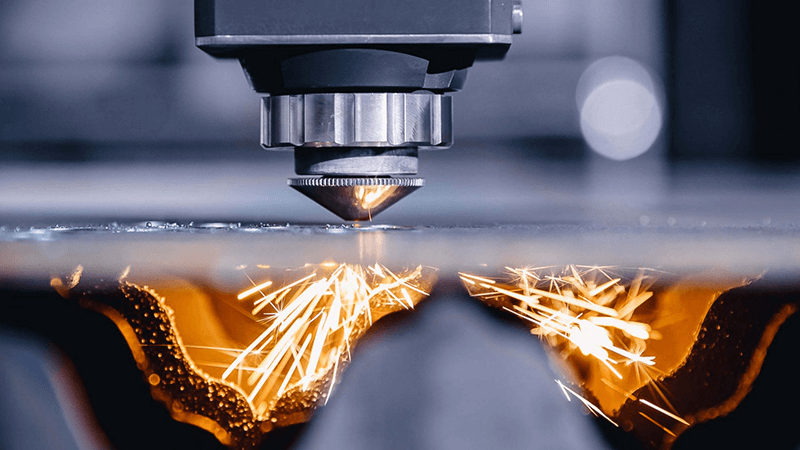
Conclusion
Fiber lasers make cutting aluminum10 faster, cleaner, and easier—if you use the right machine, settings, and gas. At Kirin Laser, we’ve helped clients around the world switch from CO₂ to fiber systems with incredible results. Whether you're cutting 2mm or 15mm sheets, getting it right means faster production, better quality, and fewer headaches. If you’re serious about aluminum, fiber is the only way to go.
-
Learn about the challenges CO₂ lasers face with aluminum, which can impact efficiency and quality. ↩
-
Explore this link to understand the advantages of fiber lasers in aluminum cutting, including speed and precision. ↩
-
Explore this link to understand how fiber lasers enhance cutting efficiency and quality for aluminum sheets. ↩
-
Discover why using nitrogen can lead to cleaner cuts and reduced cleanup time, making it a smart choice for aluminum cutting. ↩
-
Discover why 1.5kW lasers struggle with 4mm aluminum, leading to poor edge quality and increased cleanup time, impacting efficiency and cost. ↩
-
Discover how 6kW and 12kW laser models enhance efficiency and quality in aluminum cutting, saving time and reducing post-processing efforts. ↩
-
Discover why low-power machines may lead to inefficiencies and increased costs in aluminum cutting, helping you make informed equipment choices. ↩
-
Discover how fiber lasers improve aluminum cutting by reducing reflectivity issues and enhancing absorption, leading to cleaner and more efficient cuts. ↩
-
Understanding the role of gas pressure and cutting speed can optimize aluminum cutting, reducing burrs and improving edge quality. ↩
-
Finding the best laser cutting machine and laser cutting solutions from Kirin Laser, clicking this link to get all your need for your business. ↩


